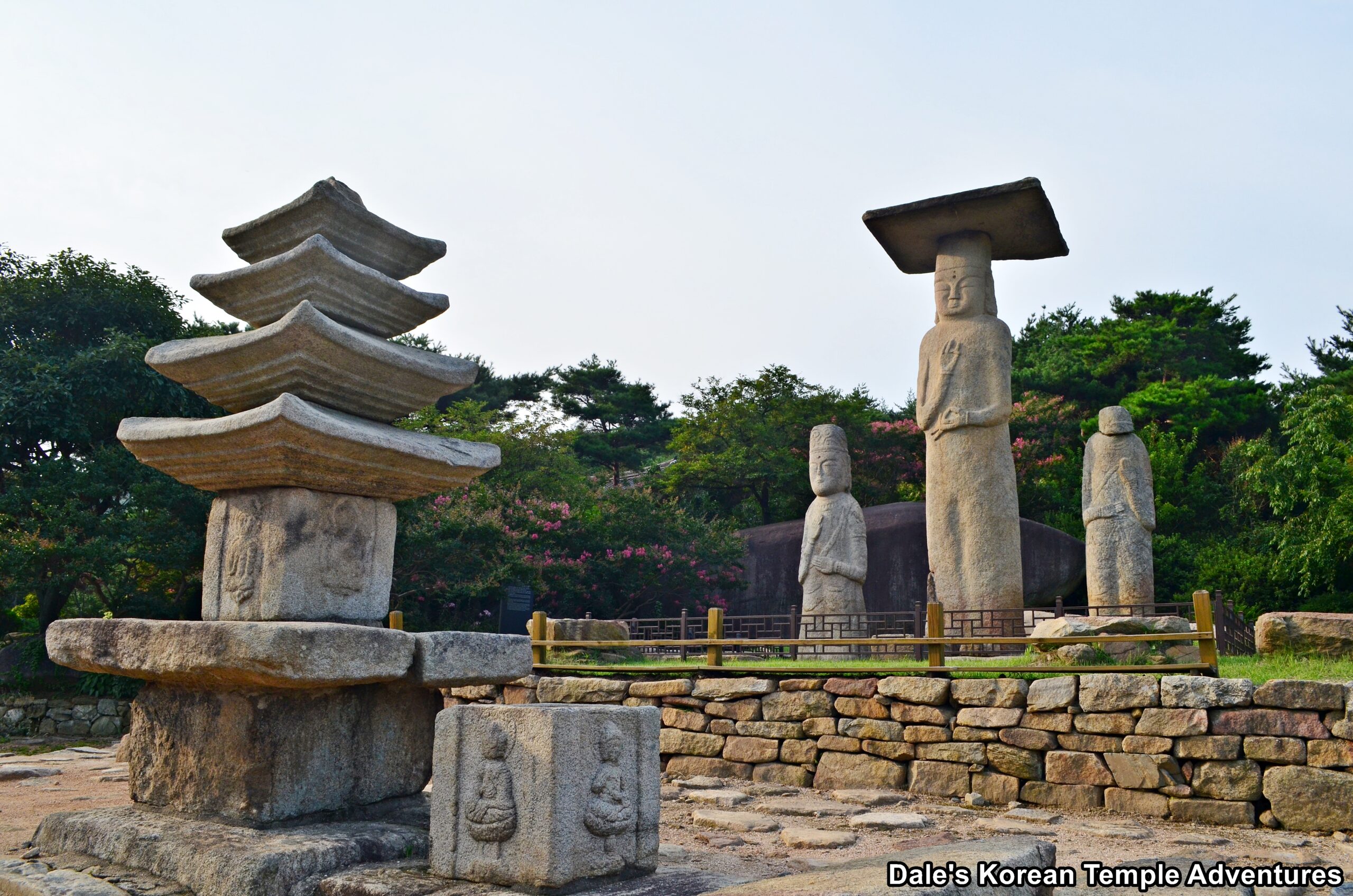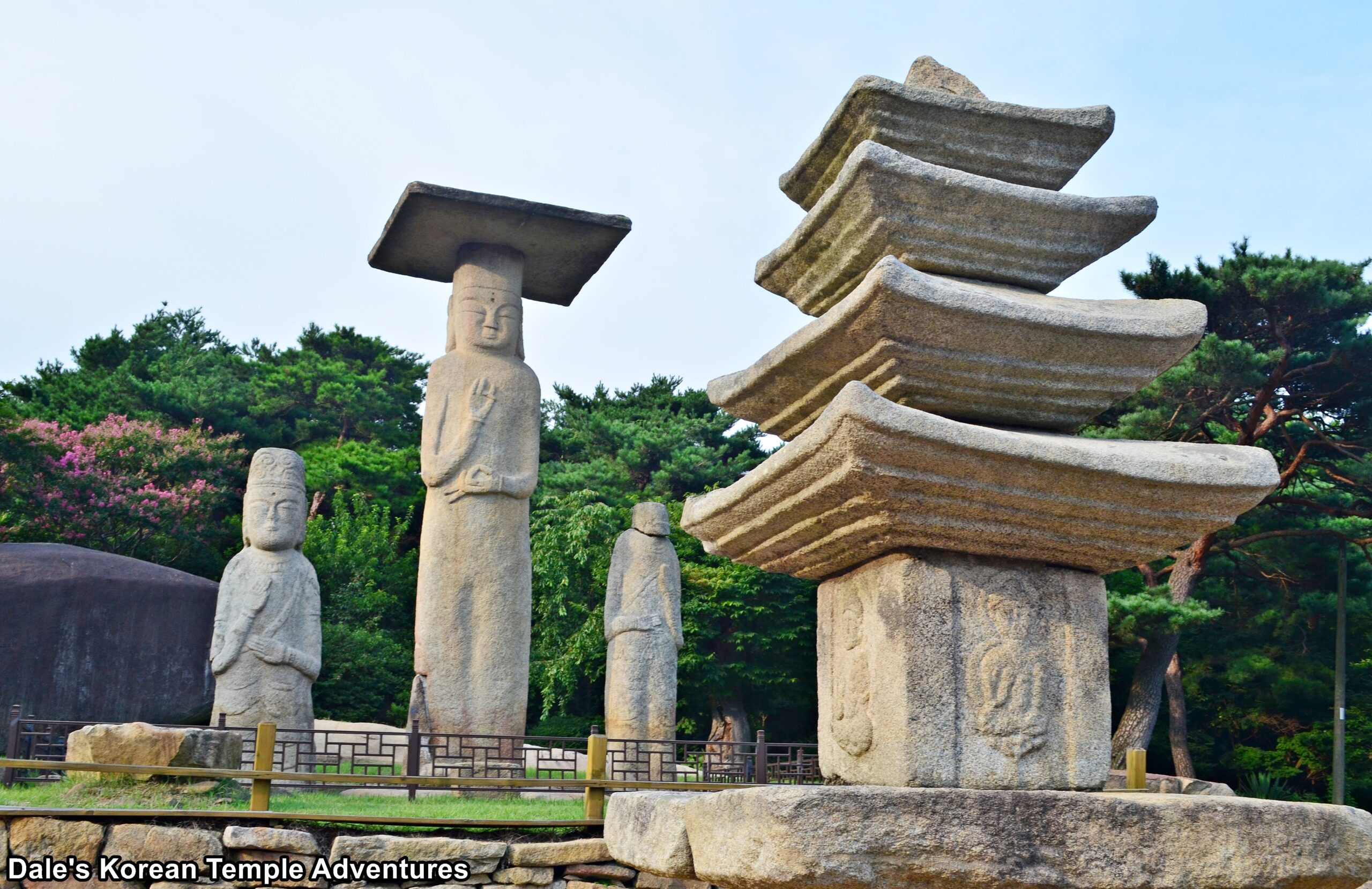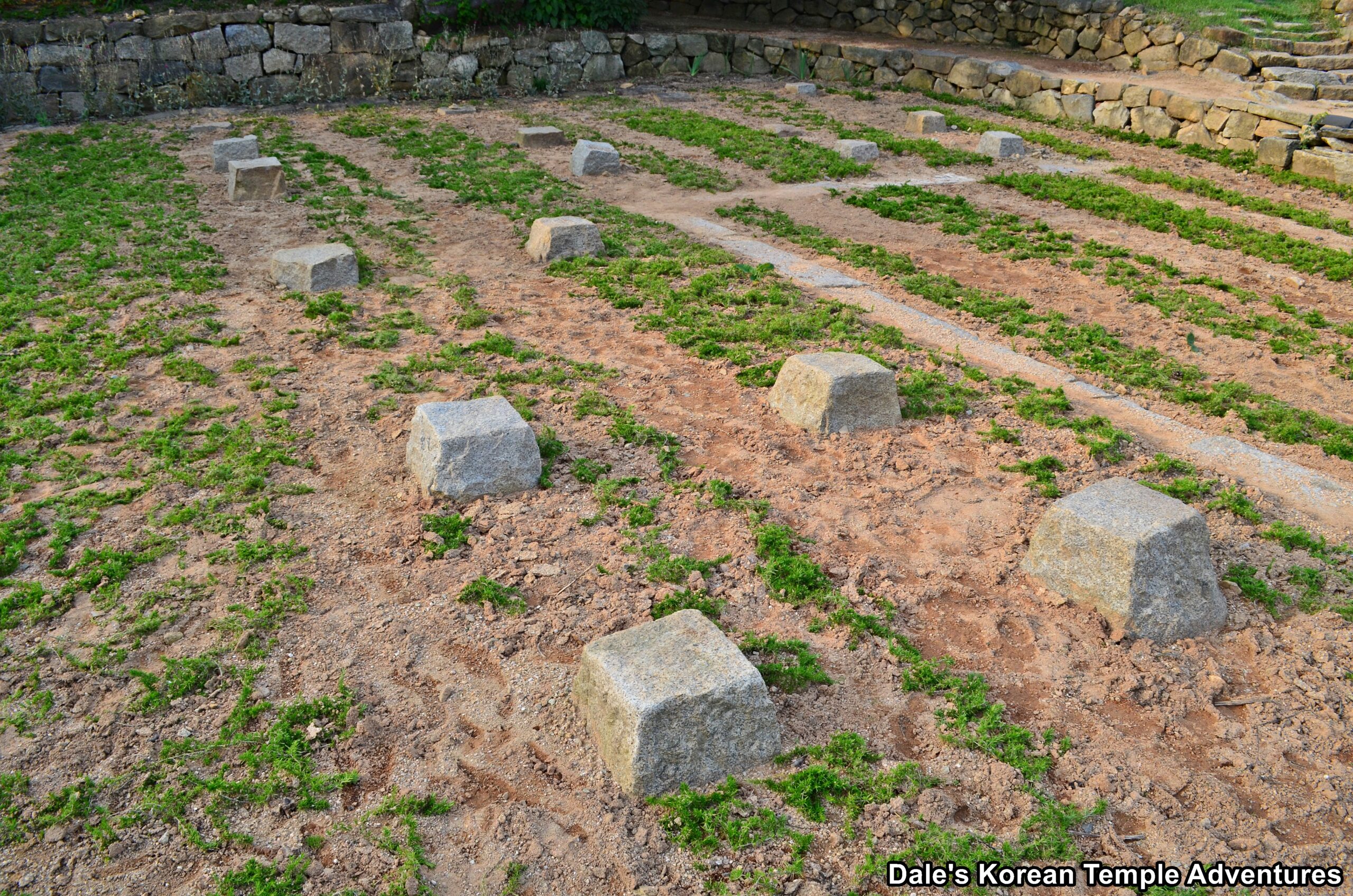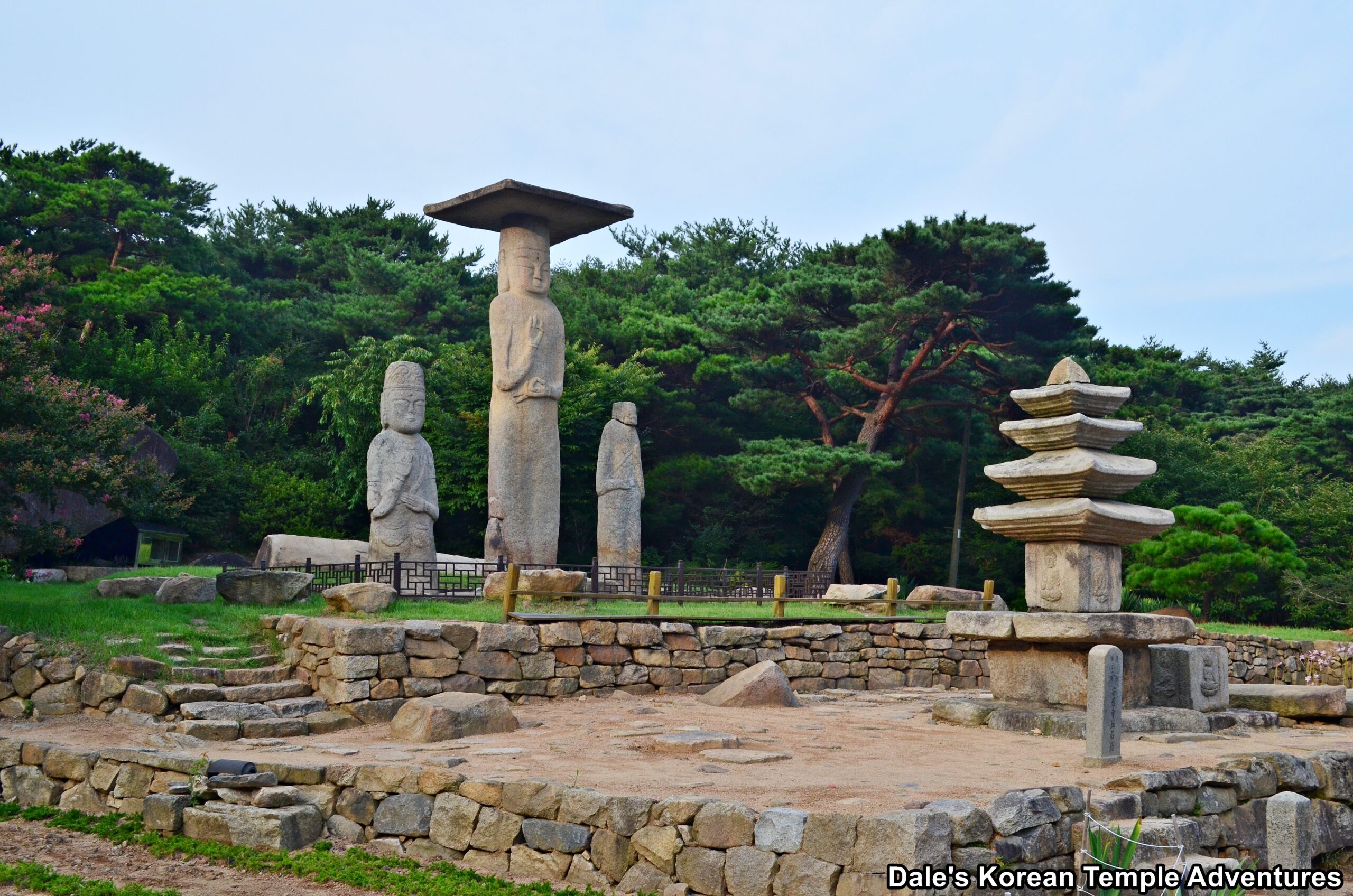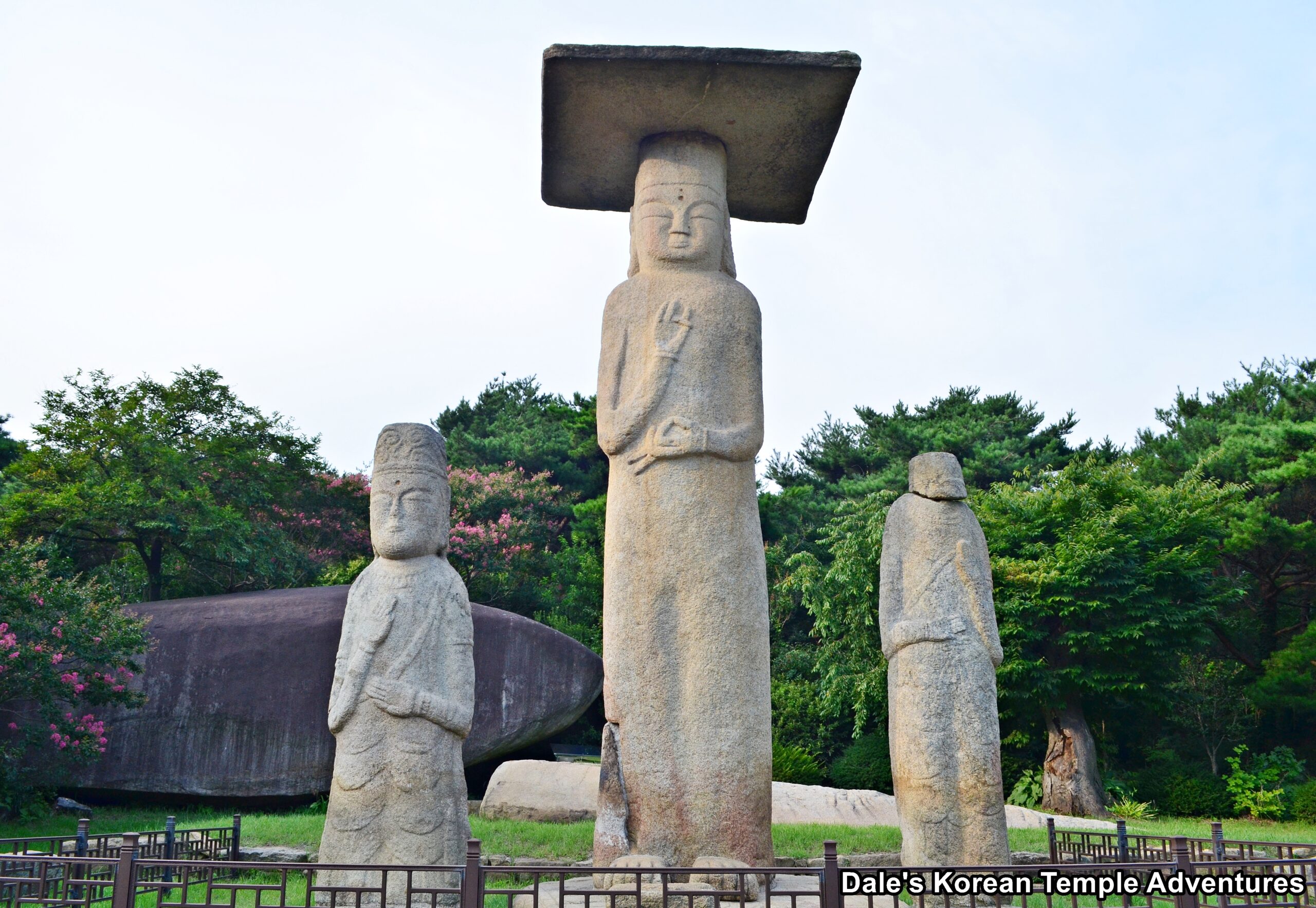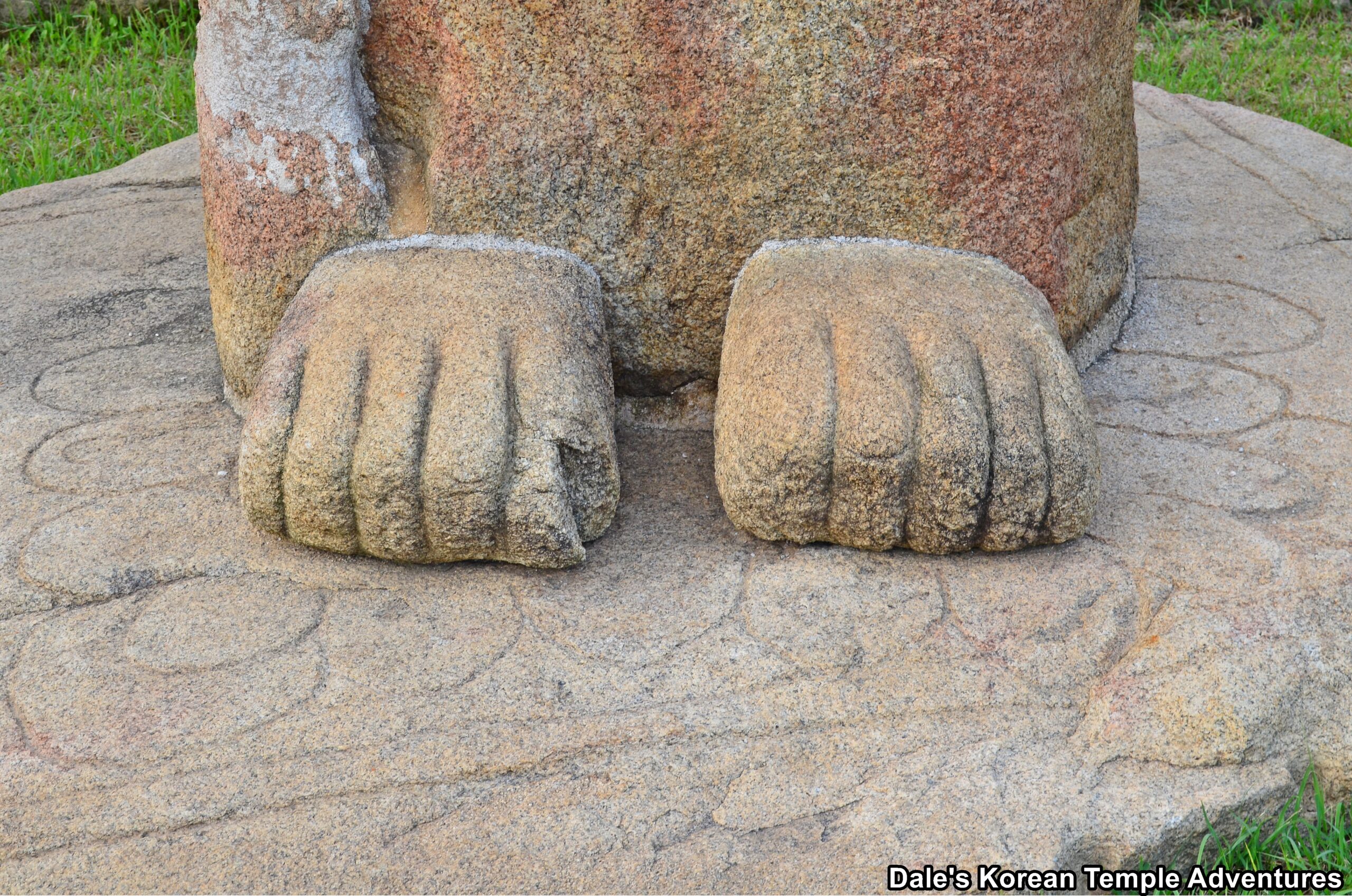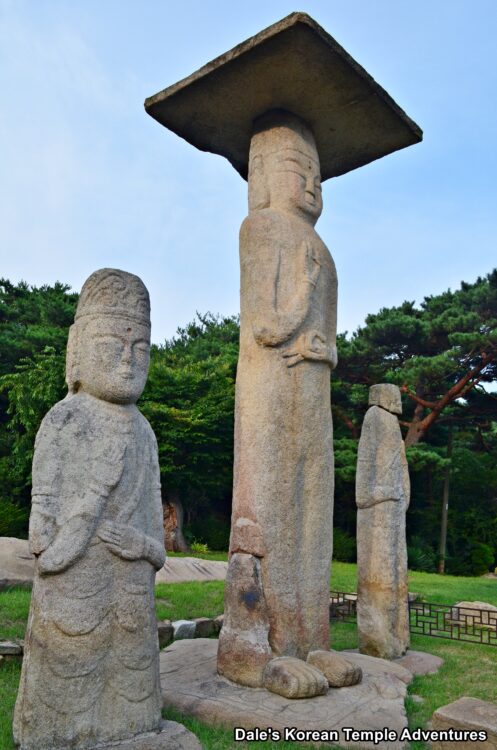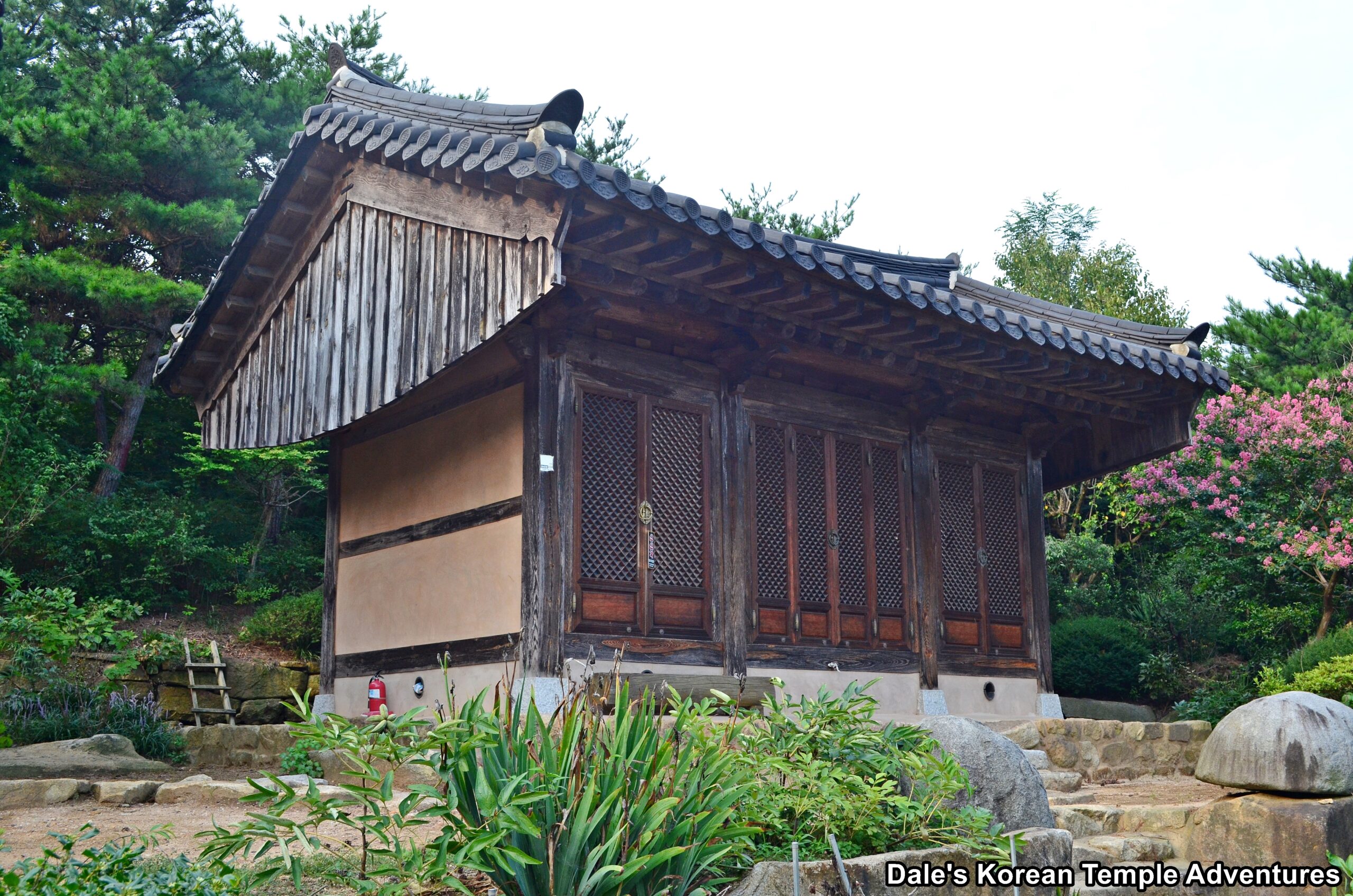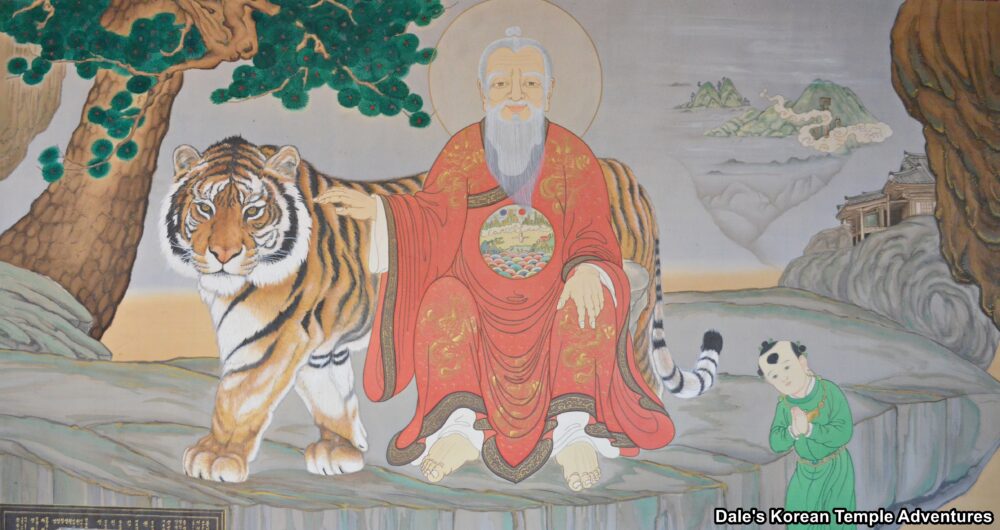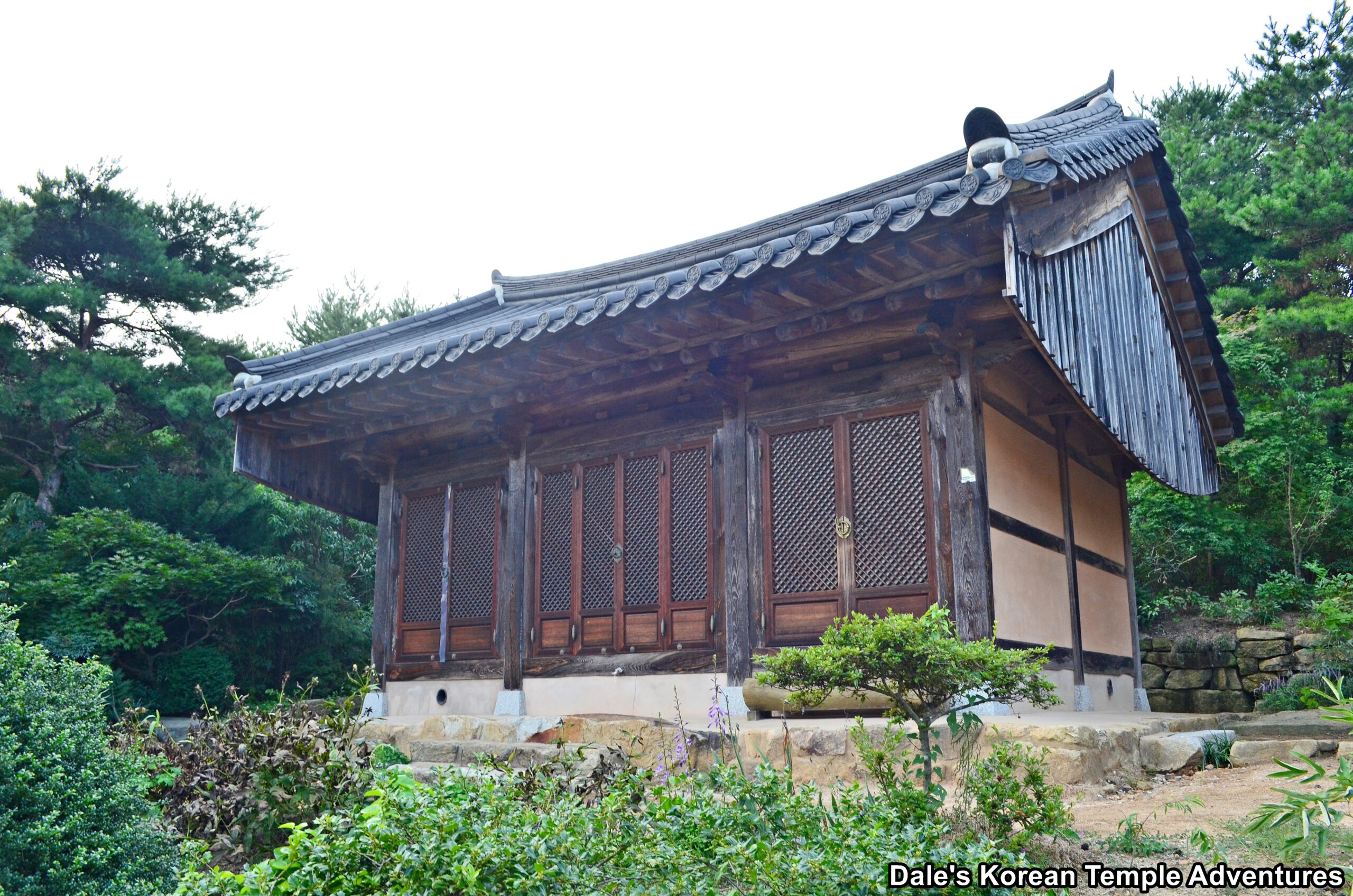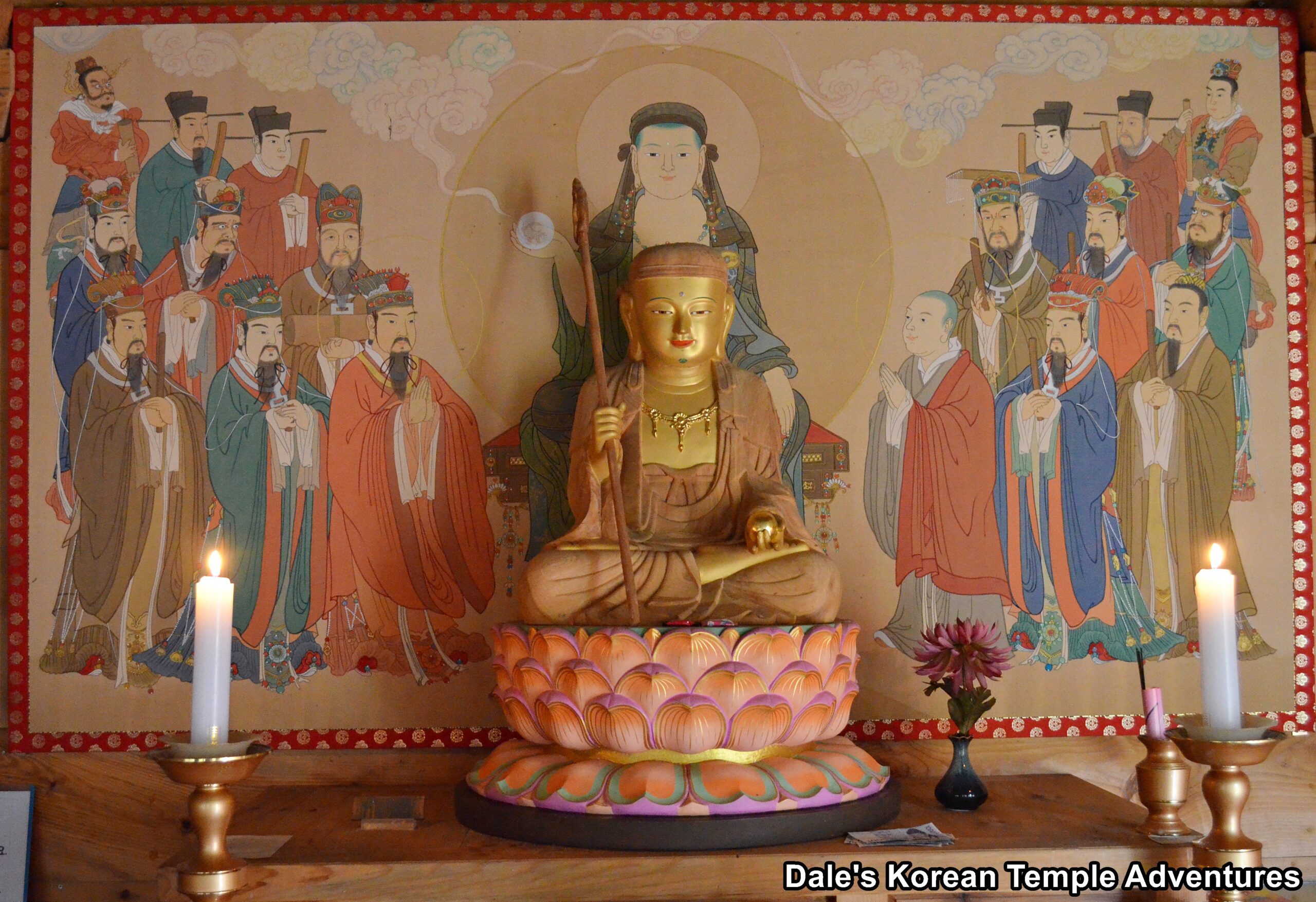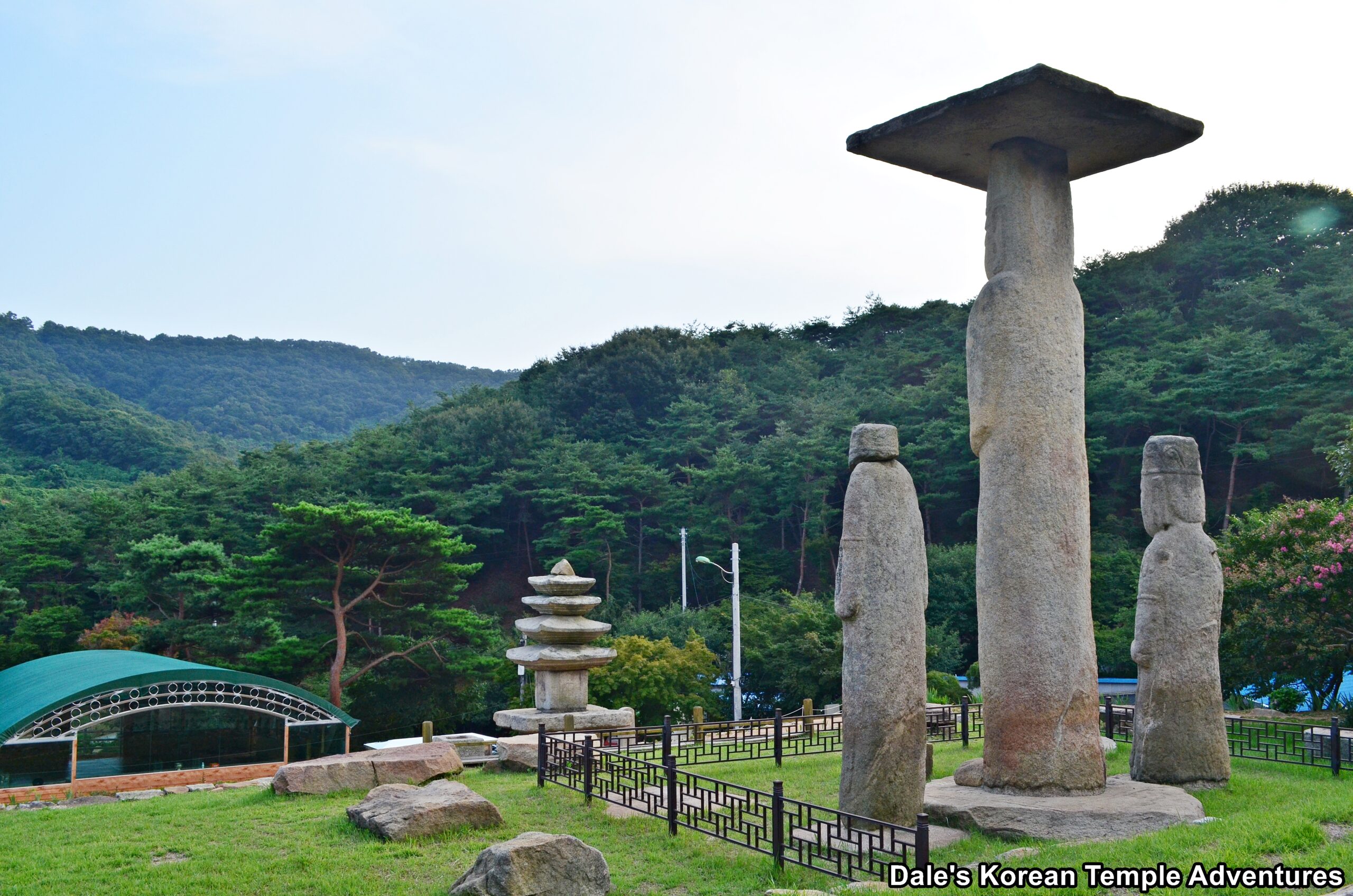Anguksa-ji Temple Site – 안국사지 (Dangjin, Chungcheongnam-do)

Temple Site History
The Anguksa-ji Temple Site is located in Dangjin, Chungcheongnam-do to the east of Mt. Eunbongsan, which is also known as Mt. Anguksan. It’s believed that Anguksa Temple was first constructed sometime during the Goryeo Dynasty (918-1392). The temple was later destroyed sometime during the Joseon Dynasty (1392-1910). Later, it was rebuilt by the monk Yong-jun in 1929; however, the temple was closed not long after and has remained abandoned ever since.
During a 2003 excavation conducted on the site, a roof tile was discovered with the writing “Taeping” written on it. “Taeping” is a reference to the named used during the reign of Emperor Shengzong (r. 982-1031) of the Liao Dynasty (916–1125). This period corresponds to the reign of King Hyeonjong of Goryeo (r. 1009-1031) between 1021 and 1030 on the Korean Peninsula. Only a single type of historical roof tile was discovered at the Anguksa-ji Temple Site, so it can be inferred that this tile was also from the founding period of Anguksa Temple, as well.
In total, the Anguksa-ji Temple Site is home to two Korean Treasures. They are the Stone Standing Buddha Triad at Anguksa Temple Site, which is Korean Treasure #100; and the Stone Pagoda at Anguksa Temple Site, which is Korean Treasure #101.
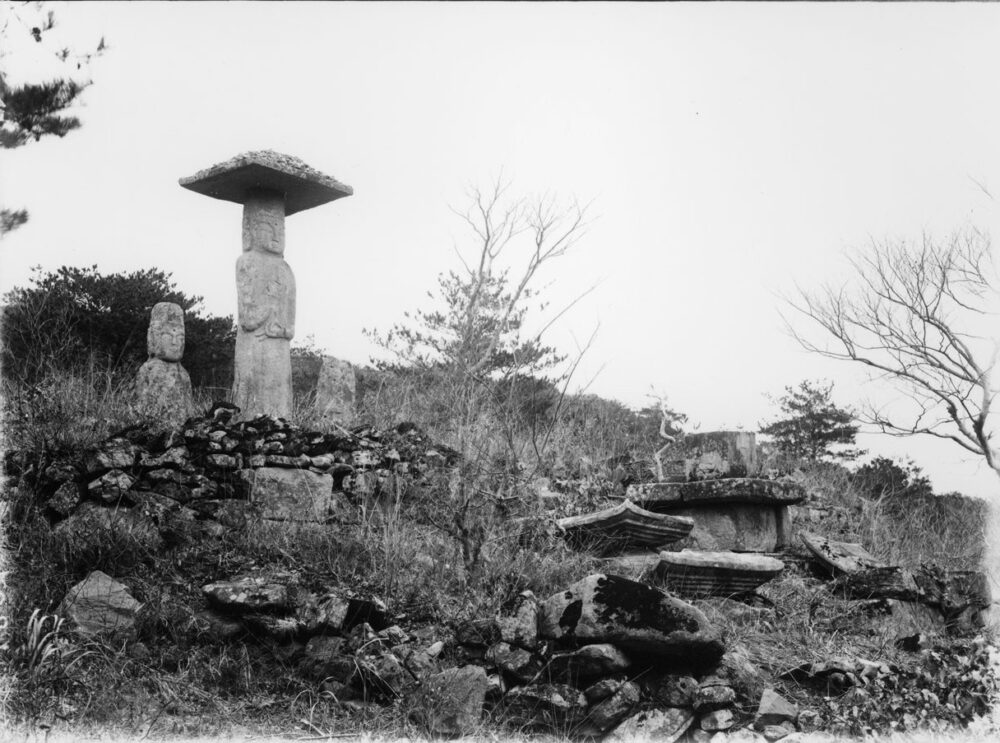
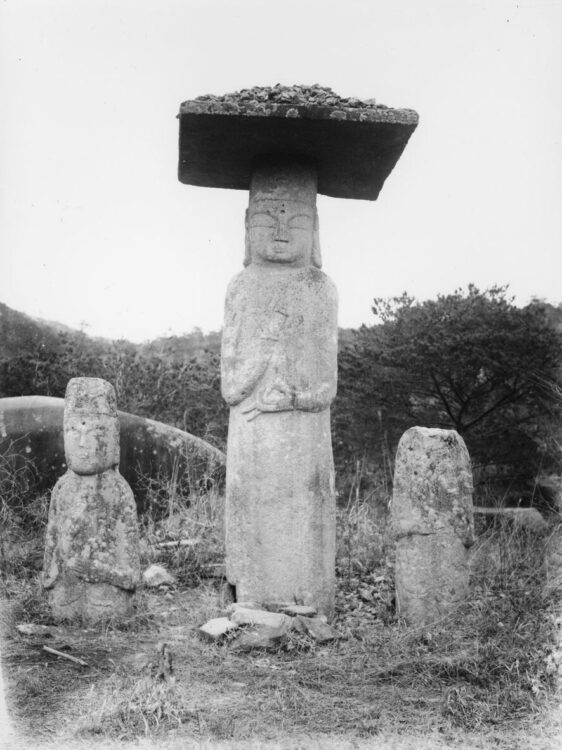
Temple Site Layout
You first make your way up towards the Anguksa-ji Temple Site up an uneven set of stone stairs. The first thing to greet you is the Stone Pagoda at Anguksa Temple Site. The pagoda is located inside a metal fenced-off area below the Stone Standing Buddha Triad at Anguksa Temple Site. Originally, it’s believed that this pagoda was a five-story structure. The base of the pagoda is rather simple; as for the body stones, the body stones above the second story are missing. One of these body stones lies to the right of the pagoda. The roof stones have been placed on top of each other, which makes the historic pagoda appear incomplete. The four corners of the only body stone that still exists on the pagoda are adorned with pillar-like patterns. On one side of the body appears an image of a door, while on the other three sides appear images of the Buddha. The four roof stones that still remain taper upwards, but they also appear heavy. Because of its incompleteness and damaged suffered throughout the centuries, the pagoda appears disproportionate. However, it does display characteristics that are appealing. It’s believed that the Stone Pagoda at Anguksa Temple Site dates back to the mid-Goryeo Dynasty.
To the rear of the Stone Pagoda at Anguksa Temple Site, and up a terrace, is the Stone Standing Buddha Triad at Anguksa Temple Site. This triad is also off-limits to visitors and protected around its periphery by another low-lying metal fence. The central image of the triad, which stands about five metres in height, is that of Mireuk-bul (The Future Buddha). This statue wears a large square Korean traditional hat. The face of the statue is rather small in comparison to the rest of its body. The over-sized body resembles that of a square pillar. The right hand is placed across its chest, while the left hand is placed on the stomach with its thumb and middle fingers pressed together. Bodhisattva statues appear to the right and left of the Mireuk-bul statue. The Bodhisattva to the right remains buried up to its waist, while the Bodhisattva on the left is badly damaged. The Stone Standing Buddha Triad at Anguksa Temple Site follows in the tradition of Goryeo-era statues from Chungcheongnam-do that were prevalent at this time. They were typically built in consultation between the temple and the local community. And while elemental in style and execution, it also points to the passion that the locals had for Buddhism at this time, as well.
To the rear of this triad are a pair of stones. The one barely protruding out from the earth has grooves cut into it, which makes it seem as though there used to be a protective structure that covered the Stone Standing Buddha Triad at Anguksa Temple Site. And to the rear of this, and the much larger stone, is the Maehyangamgak, which is also known as the Bae-bawi (Boat Rock), Gorae-bawi (Whale Rock), and the Buk-bawi (Shuttle Rock). Written on this large rock is an inscription that details the ceremony surrounding the burial of junipers. After a Buddhist memorial ceremony was conducted, pieces from juniper trees were buried in the ground in hopes of making a connection with Mireuk-bul (The Future Buddha). It’s believed that locals would visit Anguksa Temple in hopes of seeking peace found in Mireuk-bul, especially during the Mongol invasions that took place during the Goryeo Dynasty from 1231 to 1270.
To the left of this massive stone and the pair of Korean Treasures are a collection of foundation stones for a former shrine hall at Anguksa Temple. An enterprising farmer has started to grow some vegetables in and around these foundation stones, which I’m pretty sure is illegal. And behind Maehyangamgak, and up a trail, are a pair of modern shrine halls. The first of these two temple shrine halls, and the one to the right, is the Sanshin-gak Hall. The exterior to this hall is unadorned. And stepping inside the rather large Sanshin-gak Hall is a painting dedicated to Sanshin (The Mountain Spirit) on the main altar. To the left of the Sanshin-gak Hall, and just as equally large and unadorned, is the Myeongbu-jeon Hall. A solitary image dedicated to Jijang-bosal (The Bodhisattva of the Afterlife) takes up residence inside this Myeongbu-jeon Hall.
How To Get There
From the Dangjin Intercity Bus Terminal, you’ll need to board Bus #460 to get to the Anguksa-ji Temple Site. You’ll take this bus for 45 minutes, or 26 stops, until you get to the “Sudang-ri Stop – 수당리 하차.” From where the bus drops you off, you’ll need to head west down “Wondanggol 1gil – 원당골1길.” You’ll need to continue to head west towards the Wondangjeo-suji – 원당저 수지” for nearly 1.6 km along this road. The Anguksa-ji Temple Site is just west of this artificial lake by about 200 metres. The walk should take about 30 minutes from where the bus drops you off.
Overall Rating: 6/10
Obviously the main highlight to the Anguksa-ji Temple Site is the Stone Standing Buddha Triad at Anguksa Temple Site with their unique look and feel. Also of interest is the partially damaged Stone Pagoda at Anguksa Temple Site and the Maehyangamgak with its inscription about juniper planting and its connection to Mireuk-bul. And finally, the artwork inside the two newly built shrine halls dedicated to Jijang-bosal (The Bodhisattva of the Afterlife) and the Sanshin (Mountain Spirit) mural are beautiful, as well. If you enjoy temples sites, and even if you don’t, the Anguksa-ji Temple Site makes for a beautiful little visit.
